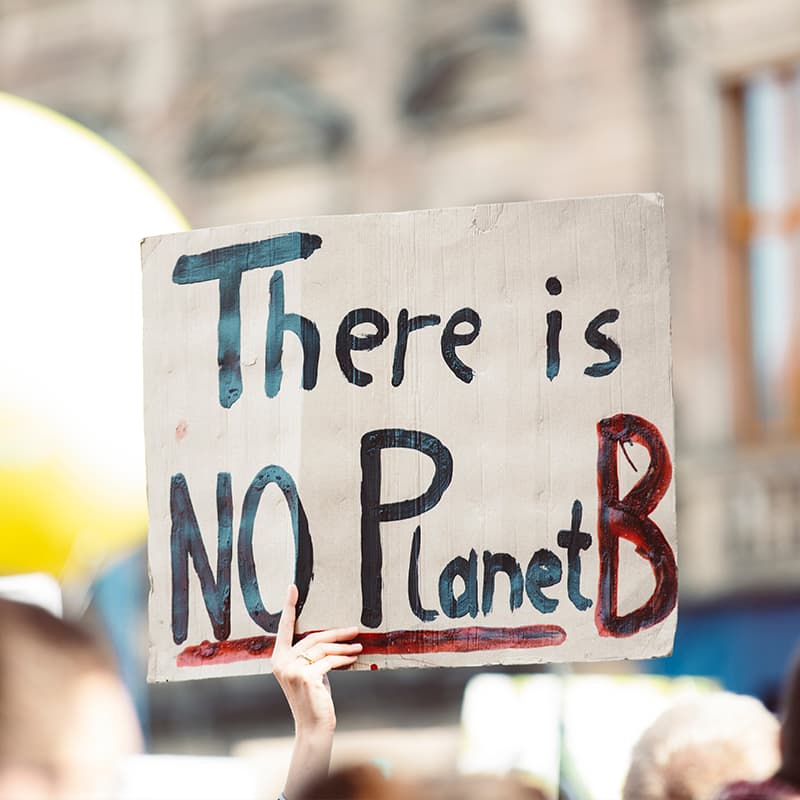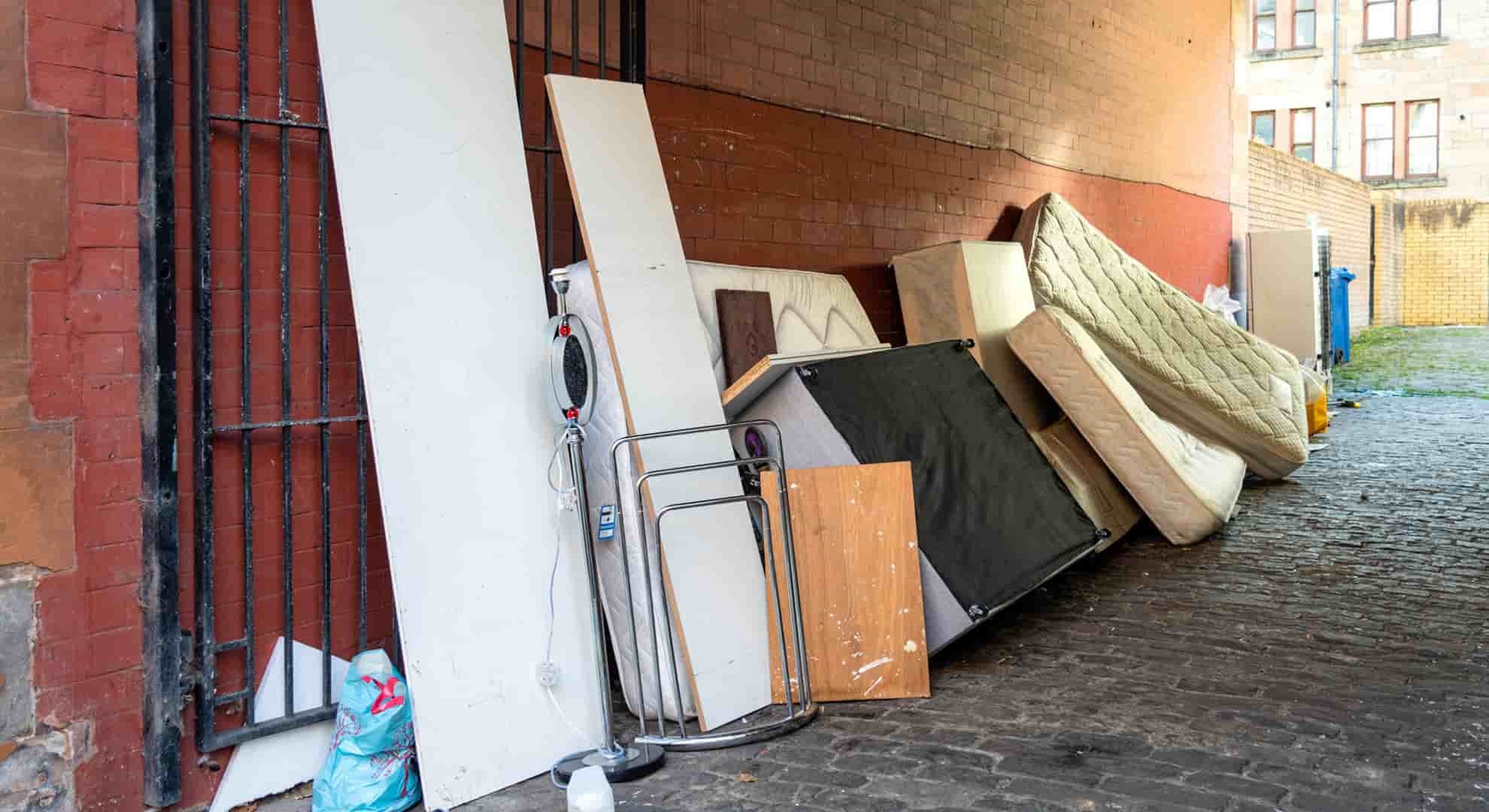
Going beyond climate change: a life-cycle approach
Going beyond climate change: why we need to look at life-cycle impact to reduce environmental harm – and how to do it.
When it comes to the planet, we all want to do our bit.
We’re living in a climate crisis, and it’s widely recognised that urgent action is needed to avoid the worst effects of climate change. As citizens we’ve taken that on board; a massive 81% of people in Scotland are worried about the natural environment, and more than half (56%) say they try to consume less as a result.
But if we’re doing our bit at home, we expect decision-makers to be taking meaningful action too. In fact, 54% of people in Scotland think it’s up to the government and big businesses to deal with climate change.
When it comes to decision-making for the best possible environmental outcome, robust evidence is crucial. And climate change is only part of the picture.
Beyond carbon emissions
The life-cycle impact of a product or material includes the many processes that were required before it was used and, ultimately, wasted. They include extraction, manufacturing, production, transport, recycling, and finally disposal.
Whether it’s a t-shirt or a tomato – everything we take, use, and throw away impacts the environment in several different ways. Contributing to climate change is one of them, but Zero Waste Scotland has developed a new, groundbreaking tool that looks more comprehensively at the life-cycle impacts of the things we all waste at home.

The Scottish Waste Environmental Footprint Tool (SWEFT) measures the impact of different materials on biodiversity loss, air pollution, water consumption, mineral resource scarcity, and land use – as well as climate change – to give a more accurate picture than ever before of their true environmental cost.
SWEFT spotlights textiles, food, WEEE, plastic, paper and cardboard as the most problematic waste streams from the perspective of climate change, biodiversity loss, air pollution, mineral resource scarcity, water consumption, and land use – emphasising for the first time the significant contribution of life-cycle impacts.
While SWEFT is currently a footprint tool, it has huge potential to evolve further into a decision-making tool that can be used to help weigh up different interventions. By doing this we can ensure that by tackling one aspect of environmental damage we will not inadvertently worsen another.
Sustainable future
Looking more holistically at the impacts of the things we waste from our homes, and using this information to shape how we do things differently in the future, can help Scotland achieve its circular economy ambitions.
The circular economy is a key part of curbing our contribution to the climate crisis and is a Scottish Government priority, with the landmark Circular Economy Bill currently making its way through Parliament.
SWEFT can help us identify where we’re living outwith the limits of our natural environment and help us find a more sustainable alternative. It’s an invaluable tool that can give us greater clarity on our environmental impact and help inform truly sustainable solutions.
The consequences of our overexploitation of the planet’s natural resources remain the greatest long-term threat to our society. SWEFT can help us fix it – targeting our interventions where they will have the most impact and helping us accelerate a more sustainable future.







